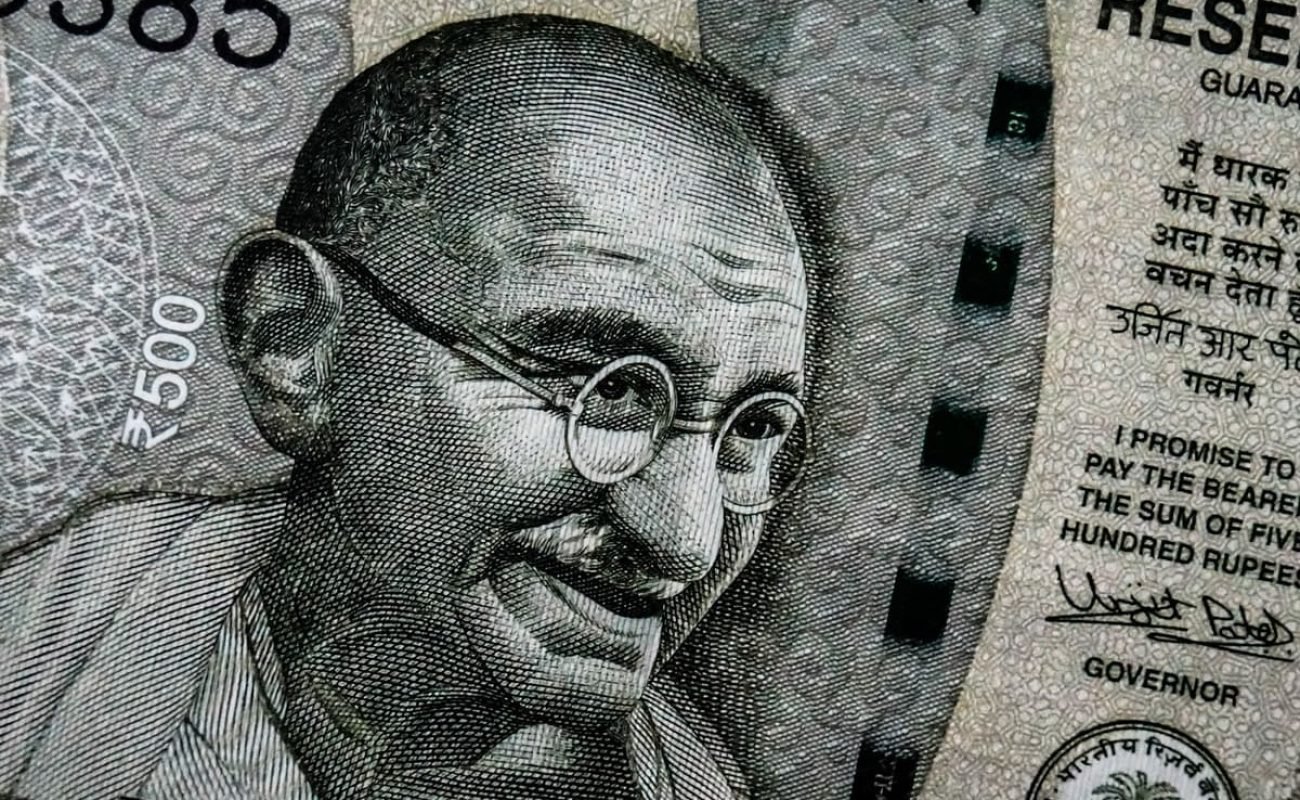Bandwidth demand is rapidly increasing in India and the rest of the world since fiber optic technology’s invention and advancement. Presently, India is migrating to 5th generation wireless connection for more data access and better coverage.
Additionally, the number of Fiber to Home connectivity is on the rise. The emergence of the Internet of Things (IoT) and optical fiber technology’s progress are also part of the reason India is looking for solutions to increase data bandwidth.
While copper wires have been the primary data transmitters for decades, they are a bulkier technology that still relies on the electric current. The optical fiber cable development has become the best solution for the telecommunication world, providing a comprehensive solution for bandwidth problems.
What is Fiber Optic Cable?
A fiber optic cable is a high-speed data transmission medium made of glass fibers inside an insulated casing. The glass fiber is known as the core and is where data is transmitted as photons using pulses of infrared light through.

The fiber optic operates through the principle of reflection and refraction known as total internal reflection. Light is reflected inside the core while being refracted between it and the cladding. At a critical angle, the light is no longer refracted but is completely reflected the core. At this point, the cladding acts as a mirror continuously reflecting light. The phenomenon is called total internal refraction. Internal reflection enables light rays to pass each other without interference. The lack of interference allows multiple signals to be sent simultaneously.

Optic fiber cables are designed to transmit high-performance data and long-distance data transmission for networking and telecommunications. Fiber optic cables provide higher bandwidth and transmit more bits of data per second compared to wired lines.
How Fiber Optics Revolutionized Telecommunications?
Fiber optics technology has greatly impacted the telecommunications industry.
It has long-lasting durability due to its high-tension tolerance. The cables can only be destroyed by forceful vandalism.
Fiber optic cables lose 3% of signal for distances greater than 100 meters compared to copper wires, which drops over 94%. Therefore, it is possible to transmit data for long-distances without repeaters with the fiber optic cables. Additionally, Fiber optic cables do not conduct electricity; this makes them resistant to fire, electromagnetic interference, lighting and radio signals. Without interference, phone calls, TV audio and visuals become much clearer.
Besides improving the transmission quality over great distances, fiber optic technology also has high data transmission rates exceeding 10Tbps. The super high speeds make optical fiber technology the best option for local area networks.
The cost of fiber optics cabling and technology is cheap, making it the only viable option for many telecommunications applications. The technology also has low power requirements. Since light signals use less energy, they require low powered transmitters instead of the high-voltage transmitters needed for copper wires. Their affordability and low voltage requirement save both the provider and customer money.
Fiber optics cables have a high carrying capacity because the fibers are thin. Therefore, more fibers can be put into the same size cable; this translates to more phone lines or TV channels per cable.
India’s Current Communication Industry
India’s communication system is the second largest in the world. It uses fiber optics or microwave radio relays as its primary transmission system. Over 80% of the backend network still uses microwave links. Microwave radio relays do not have high bandwidth capacities.
While various industries such as health, military, networking and data storage use optical fiber, the telecommunications industry dominates fiber optic technology.
A Graph of India’s Optical Fiber and Accessories Market in 2018 and 2026 Projections

Over one billion people use fixed and mobile phones. Approximately 19 million of this demography are fixed broadband users. From this category, 2 million users are enterprises and offices, while 17 million are home-fixed broadband users. Furthermore, India has the world’s second-largest internet user-base, with over 600 million people broadband internet subscribers.
There is an increasing demand for fiber optics technology. The need for high-speed connectivity, unlimited bandwidth, and bridging the gap between the rural and urban divide and costs drive India’s fiber optical technology penetration. Government-led initiatives like Bharat Net seeking to connect the country with the fiber optic cable at the panchayat also increase demand for fiber optic cables.
Increasing fiber networks is the only solution for India’s demand. 2G networks, for instance, required 2% to 4% of optical fiber cabling. On the other hand, 4G networks required 65% to 75% of fiber cabling. With 5G technology, much more is needed. Therefore, India’s optical cable production line must be increased to meet these demands.
Is India a Major Importer or Local Producer of Fiber Optic Cables?
Since 1990, fiber optic cables have been deployed in this country, primarily through imports. Nevertheless, the manufacture of fiber cables has been on the rise in the past two years because of the government’s incentive to increase internet penetration across the country.
India’s optical fiber cables market stood at $881.5 million in the previous financial year. The market forecast shows a compound annual growth rate of 19.7% to reach $2.1 billion by 2024.
The value of exports of optical fiber cables, insulated wires, and electrical conductors in 2019 was $1.13 billion, up by 28% from 2018. Of this, 2.83% represents exported fiber optic cables. In monetary figures, the exportation costs amount to $32 million.
On the other hand, importation figures in the same category amounted to $478 billion. The amount decreased by 0.097% in 2018. Of this amount, fiber optical cables accounted for 5.33% or $54 million of the total imports. Meaning, India is still a significant importer of fiber optic cables. China is the country’s biggest seller, with a 33% market share valued at $343 million, followed by Korea with a market share of 8.43% valued at $86 million.
For Local Manufacturers, is India Better off Now that it has Rejected Chinese Imports?
Following the coronavirus pandemic, the Indian government has imposed a ban on the importation of Chinese products. The rejection of Chinese imports by the government creates an opening for local manufacturers to fill up the Chinese market share.
The gap created by the exiting of the Chinese products serves as an incentive to increase the production of fiber optic cables for local use and exports. Presently the optical cable production line cannot meet the growing demand in the country.
With a 17% expected growth rate and the government’s vision to create Smart Cities and Digital India, manufactures have no reason to put down their tools or rely on imports. Additionally, there is an increase in mobile devices usage, fiber to home connections, and many data centres all over India that need fiber optic technology.
Aside from the ready market, India’s fiber optic cables are known for their quality production. Indian manufacturers have the capability and capacity to produce the best fiber optic cables for use locally. They should support the government’s initiative in ensuring India advances its fiber optic technology.










